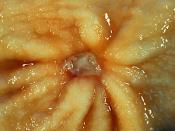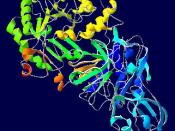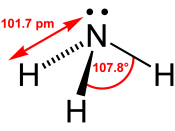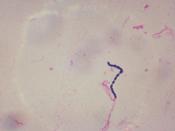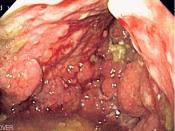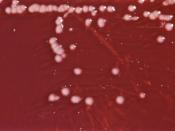Chse 235
Efosa Asemota
Drug report #2
Cytotec/ Misoprosto
Therapeutic category
Mucosal Protective gent
Use/ indicator
For the treatment and prevention of NSAID-induced gastroduodenal ulcers. Also indicated for the treatment of duodenal ulcers caused by Peptic Ulcer Disease (PUD).
Adverse reaction
The most frequent gastrointestinal adverse events were diarrhea (10.7%), abdominal pain (7.3%), nausea (4.2%), flatulence (3.3%), and dyspepsia (3.2%). The incidence of diarrhea was 7.8% when the total daily dose was 400 õg. In patients receiving placebo, the incidence of diarrhea was 3.6%. The events were usually transient and mild to moderate in severity.
Contraindication/overdose
Possible clinical signs that may indicate an overdose may include: sedation, tremor, fever, convulsions, dyspnea, abdominal pain, diarrhea, palpitations, hypotension or bradycardia. Treatment should be symptomatic and supportive. Children: Safety and effectiveness in patients below the age of 18 have not been established. Known sensitivity to prostaglandins, prostaglandin analogues or excipients (microcrystalline and hydroxypropyl methylcellulose, sodium starch glycolate and hydrogenated castor oil).
Contraindicated in pregnancy.
Initial dosage
The recommended adult oral dosage for the prevention and treatment of NSAID-induced gastroduodenal ulcer is 400 to 800 õg a day in divided doses. NSAIDs should be taken according to the schedule prescribed by the physician. When appropriate, misoprostol and NSAIDs are to be taken simultaneously. Misoprostol should be taken after food.
Reference:www.drugs.com, www.pharmclips.com, http://www.rxmed.com,http://www.rxmed.com/b.main/b2.pharmaceutical/b2.prescribe.html
